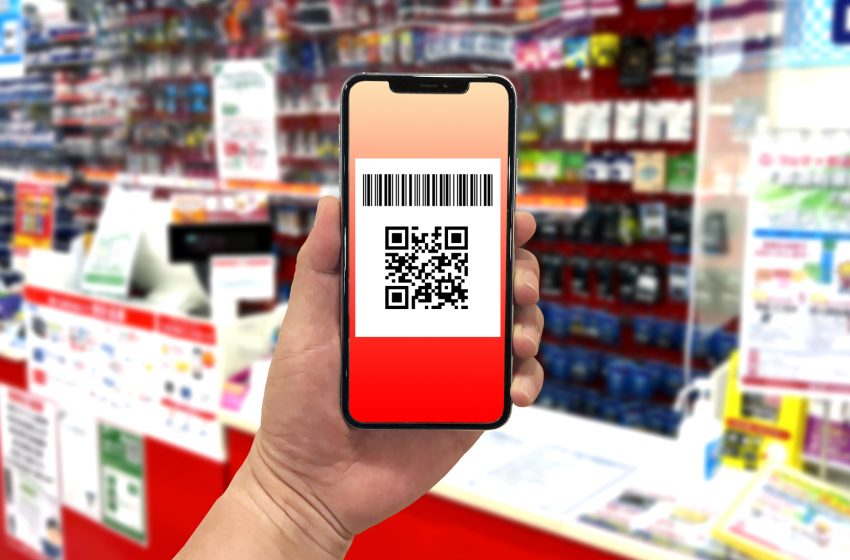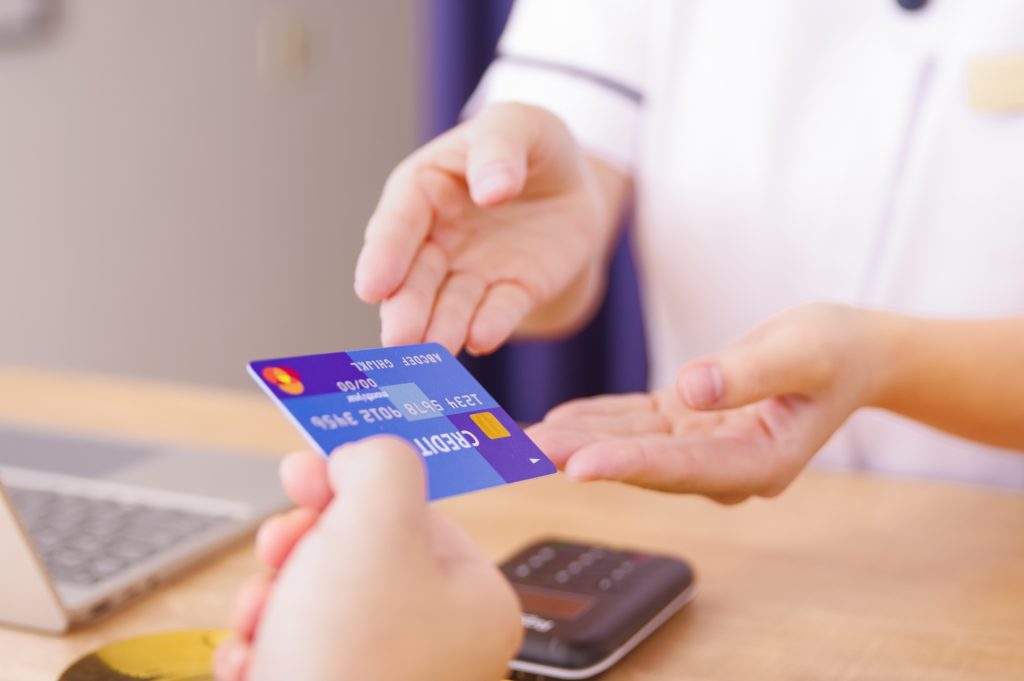
Exploring QR Code Payments in Japan: A Modern Twist on Shopping
Welcome, tech-savvy travelers and curious explorers! In today’s digital age, Japan is at the forefront of integrating technology into everyday life, especially when it comes to shopping. One of the most convenient and increasingly popular methods of payment is through QR codes. Let’s dive into how QR code payments are revolutionizing the shopping experience in Japan and how you can use them during your visit.
What are QR Code Payments?
QR code payments are a form of cashless transaction that allows individuals to make purchases using their smartphones. A QR (Quick Response) code is a two-dimensional barcode that stores information, which can be read by a smartphone camera. In the context of payments, these codes link directly to a payment system, enabling a swift and secure transfer of funds from the customer to the merchant.
The Rise of QR Code Payments in Japan
While Japan has traditionally been known as a cash-loving country, the tide is turning with the advent of mobile technology. QR code payments have gained significant traction, thanks in part to their convenience, low transaction fees, and the push towards a more cashless society ahead of international events like the Olympics. Today, you’ll find QR codes being used for transactions everywhere from convenience stores and restaurants to taxis and vending machines.
How to Use QR Code Payments in Japan
- Download a Payment App: To get started, you’ll need to download a mobile payment app that supports QR code transactions. Popular options in Japan include PayPay, LINE Pay, and Rakuten Pay. Some of these apps may require a Japanese bank account or a local phone number, but others are more accessible to foreigners and can be linked to international credit cards.
- Set Up Your Account: After downloading, you’ll need to set up your account, which usually involves linking a credit or debit card to the app.
- Making a Payment: To make a purchase, open your payment app and select the QR code scanner. Simply scan the merchant’s QR code displayed at the checkout, confirm the amount to be paid, and complete the transaction. The process is quick, secure, and contactless.
Advantages of QR Code Payments
- Convenience: Say goodbye to fumbling with cash or waiting for change. QR code payments make transactions quick and effortless.
- Security: Enhanced security features, including encryption and transaction alerts, protect your information and reduce the risk of fraud.
- Rewards and Discounts: Many payment apps offer rewards, points, or discounts, providing additional value to your purchases.
Tips for Foreign Visitors
- Internet Connectivity: Ensure your smartphone has internet access via a local SIM card or pocket Wi-Fi to use payment apps on the go.
- Battery Life: Since your transactions rely on your smartphone, keeping your device charged throughout the day is crucial.
- Carry Backup Payment Methods: While QR code payments are widely accepted, it’s wise to have some cash or a credit card as a backup, especially in rural or less tech-savvy areas.
Conclusion: Joining Japan’s Cashless Revolution
QR code payments in Japan offer a glimpse into the future of shopping, blending convenience with technology. As the country continues to embrace cashless transactions, travelers can also enjoy the ease and efficiency of using QR codes for their purchases. So, on your next trip to Japan, consider joining the cashless revolution and experience the seamless integration of technology into everyday life.
Happy shopping, and may your travels be as smooth and convenient as a simple scan of a QR code!


